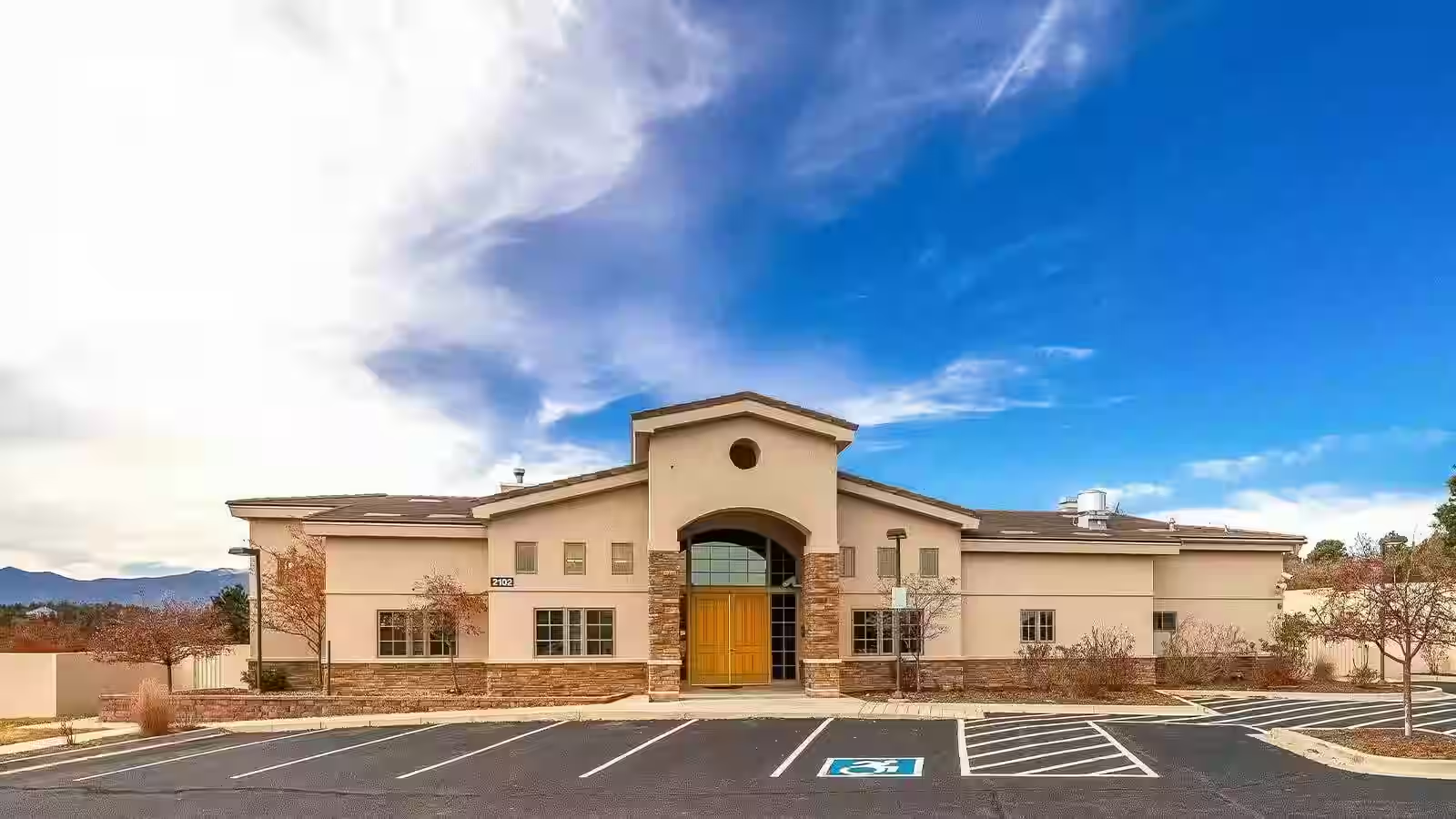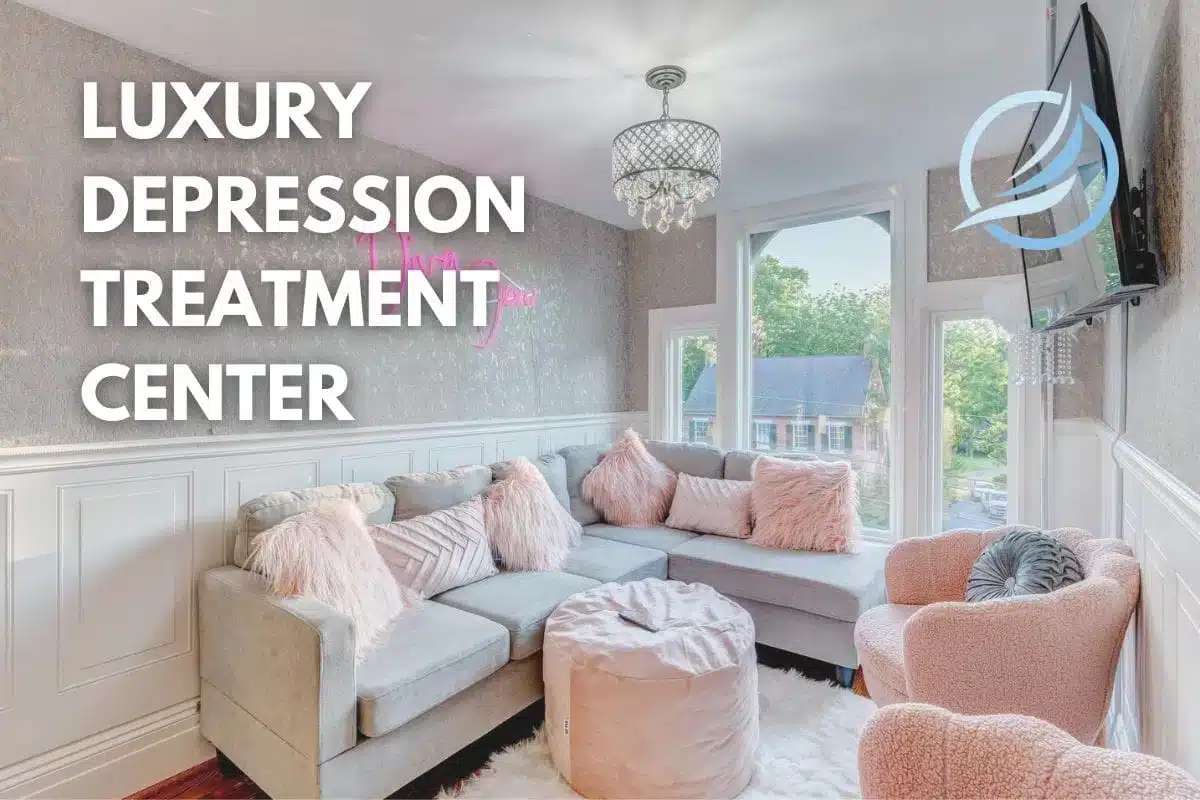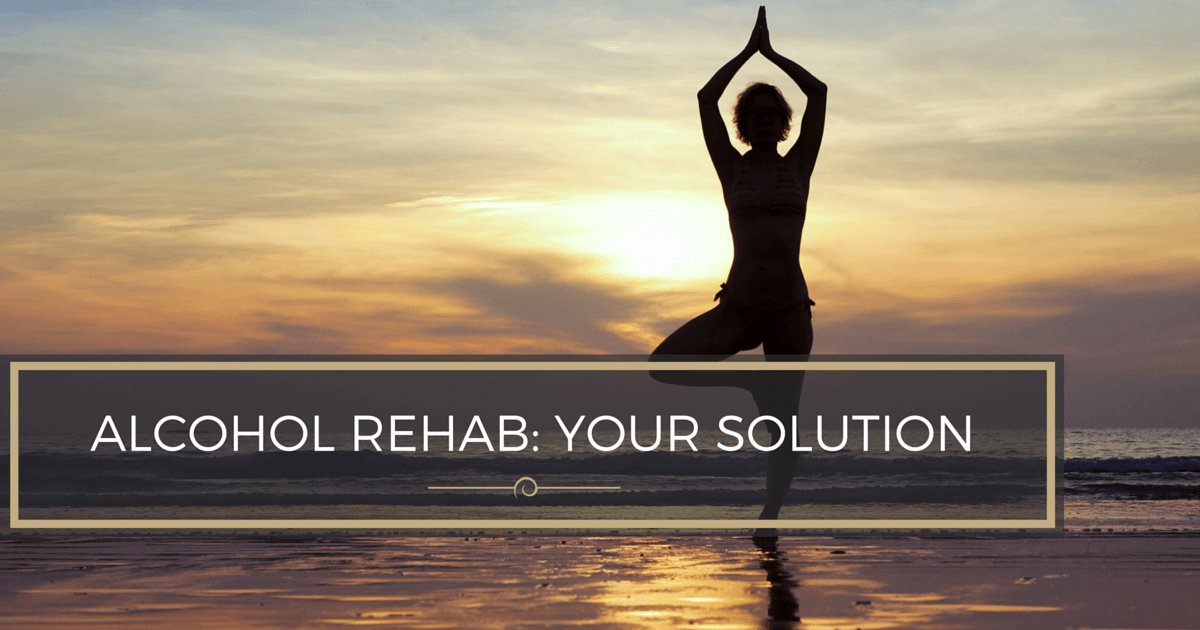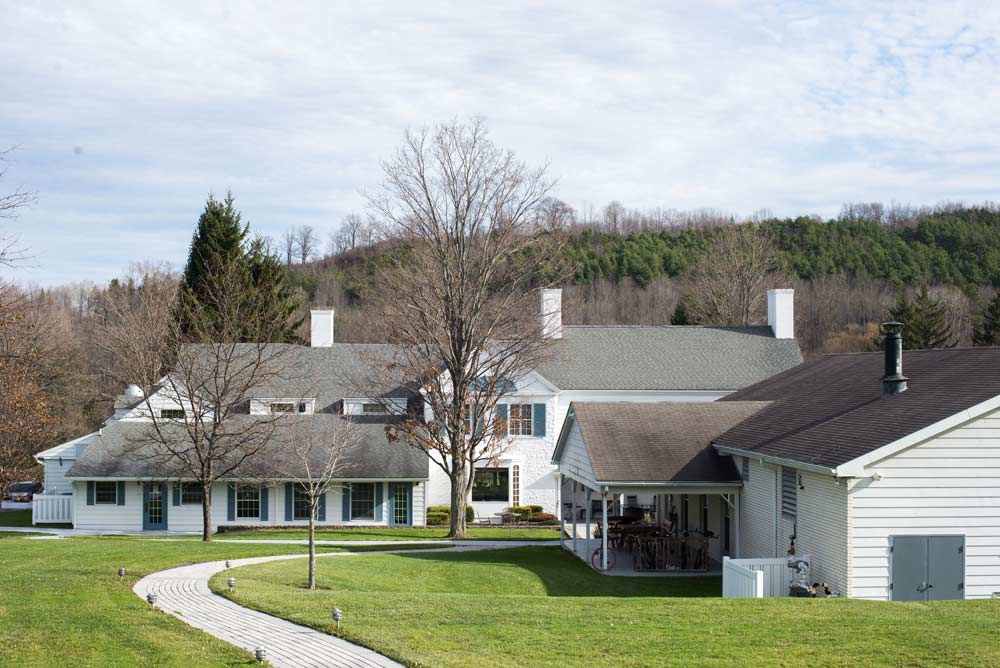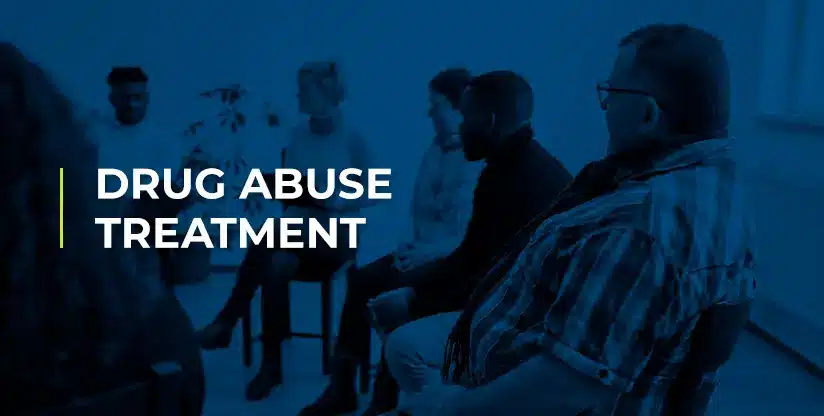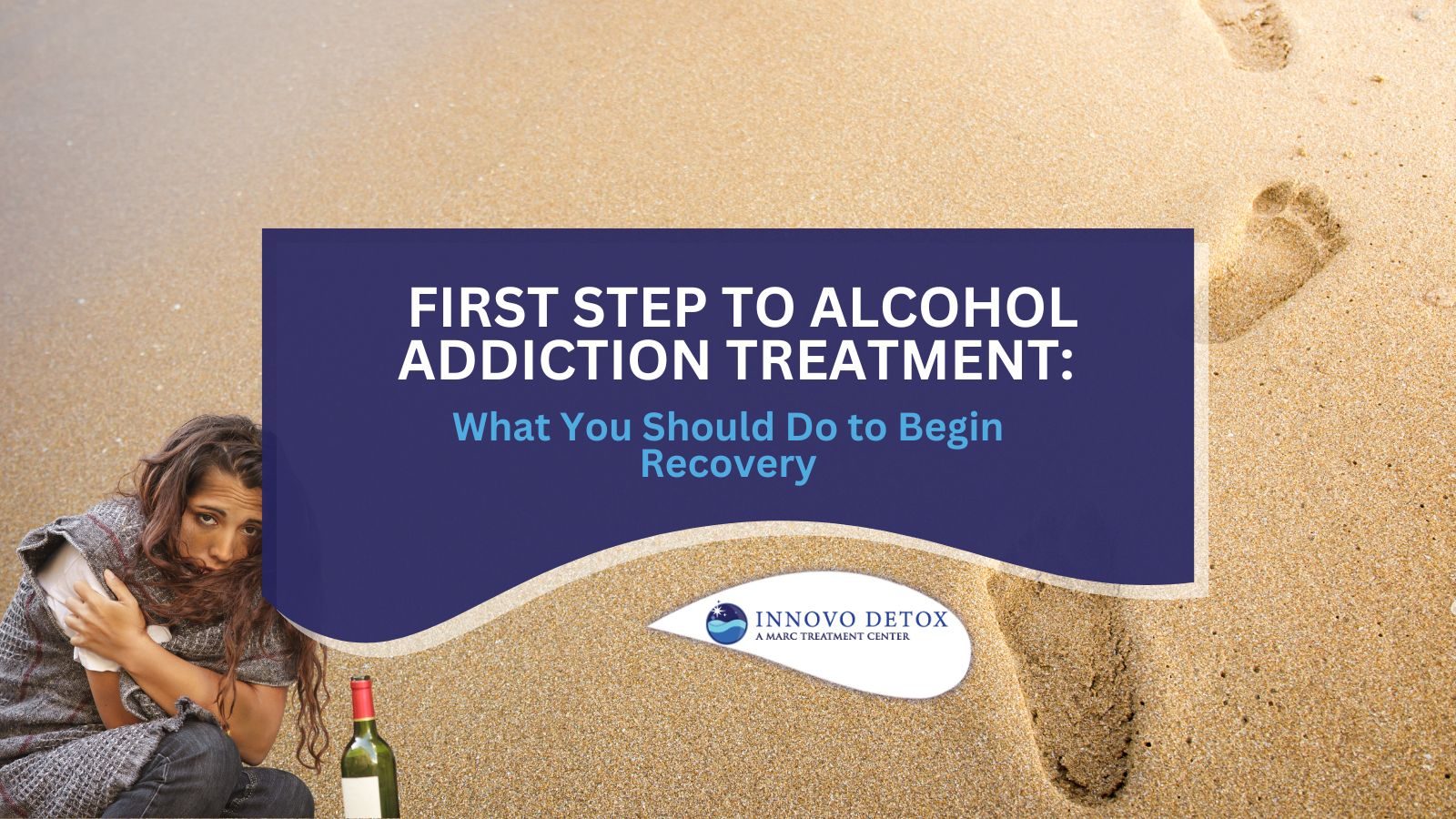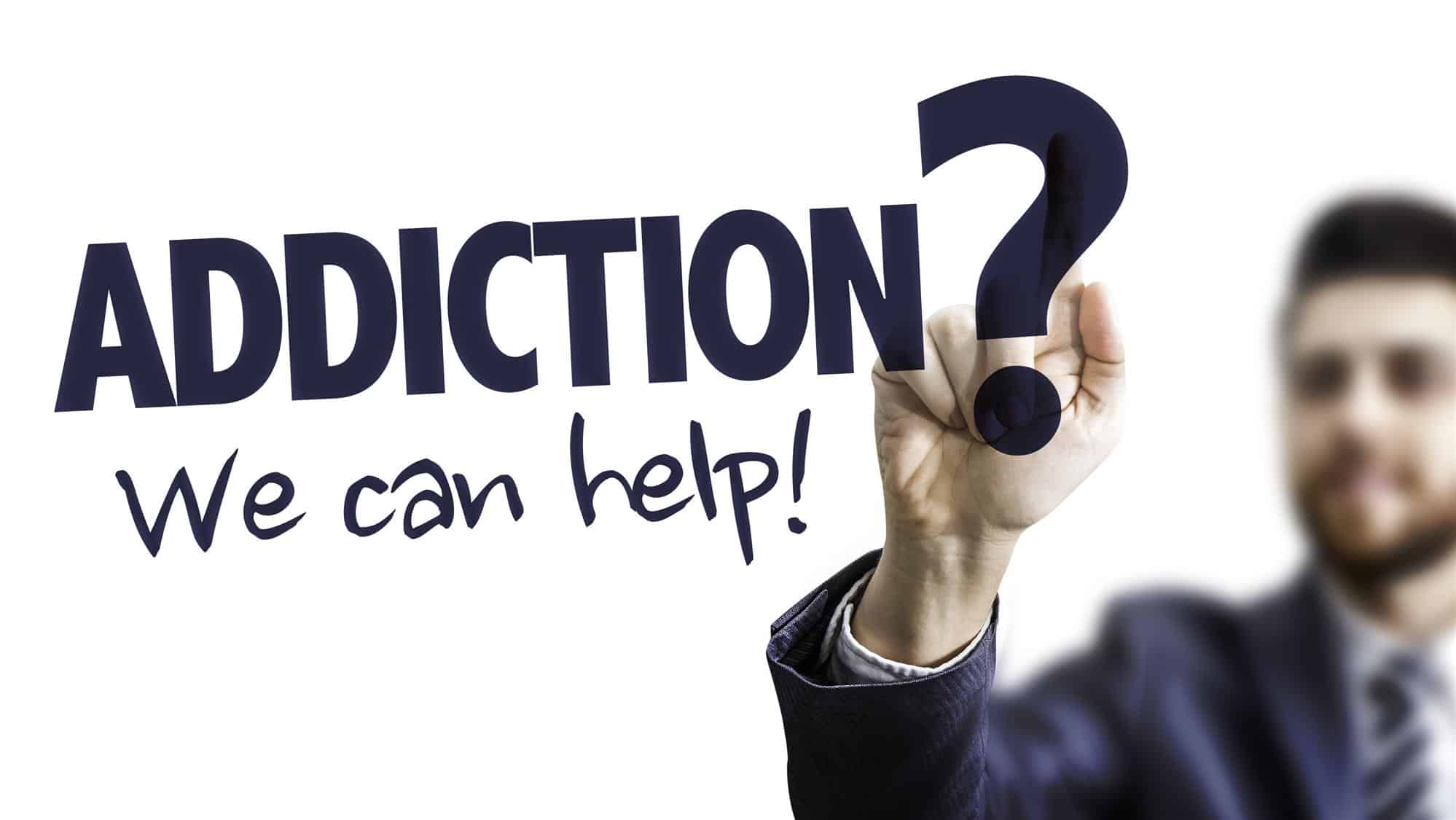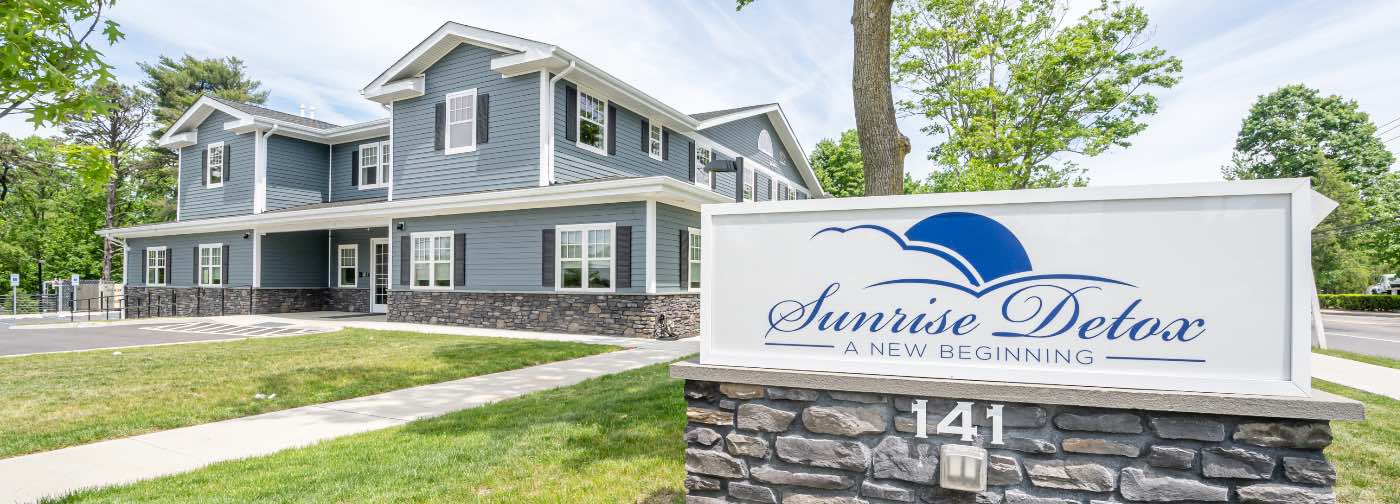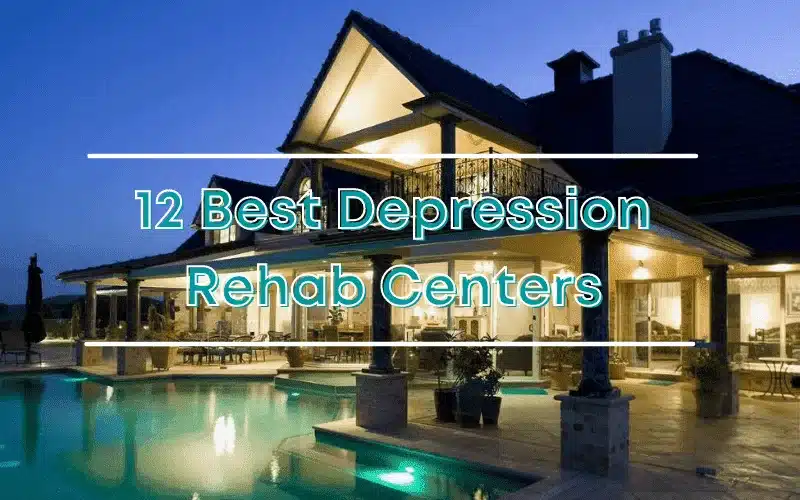
Understanding Residential Depression Rehab: Your First Step Toward Recovery
Residential depression rehab is a live-in treatment program providing 24/7 structured care for individuals with severe depression. Here’s what you need to know:
Key Features of Residential Depression Rehab:
- Setting: A non-hospital, homelike environment with round-the-clock support.
- Duration: Typically 30-90 days, with longer stays often leading to better outcomes.
- Treatment: Intensive therapy, including CBT, DBT, group sessions, and medication management.
- Best For: Severe depression, failed outpatient treatment, co-occurring disorders, or suicidal thoughts.
- Coverage: Considered an essential health benefit under the ACA; most insurance plans provide some coverage.
As the leading cause of disability worldwide, depression affects over 300 million people. More than just sadness, it’s a serious condition causing a loss of interest, impaired functioning, and can lead to suicide. When outpatient therapy isn’t enough, residential treatment offers a path to recovery.
At Addiction Helpline America, we’ve guided thousands toward effective residential depression rehab programs. Our experienced counselors understand the challenges of severe depression and can help you steer your treatment options with confidentiality and compassion.
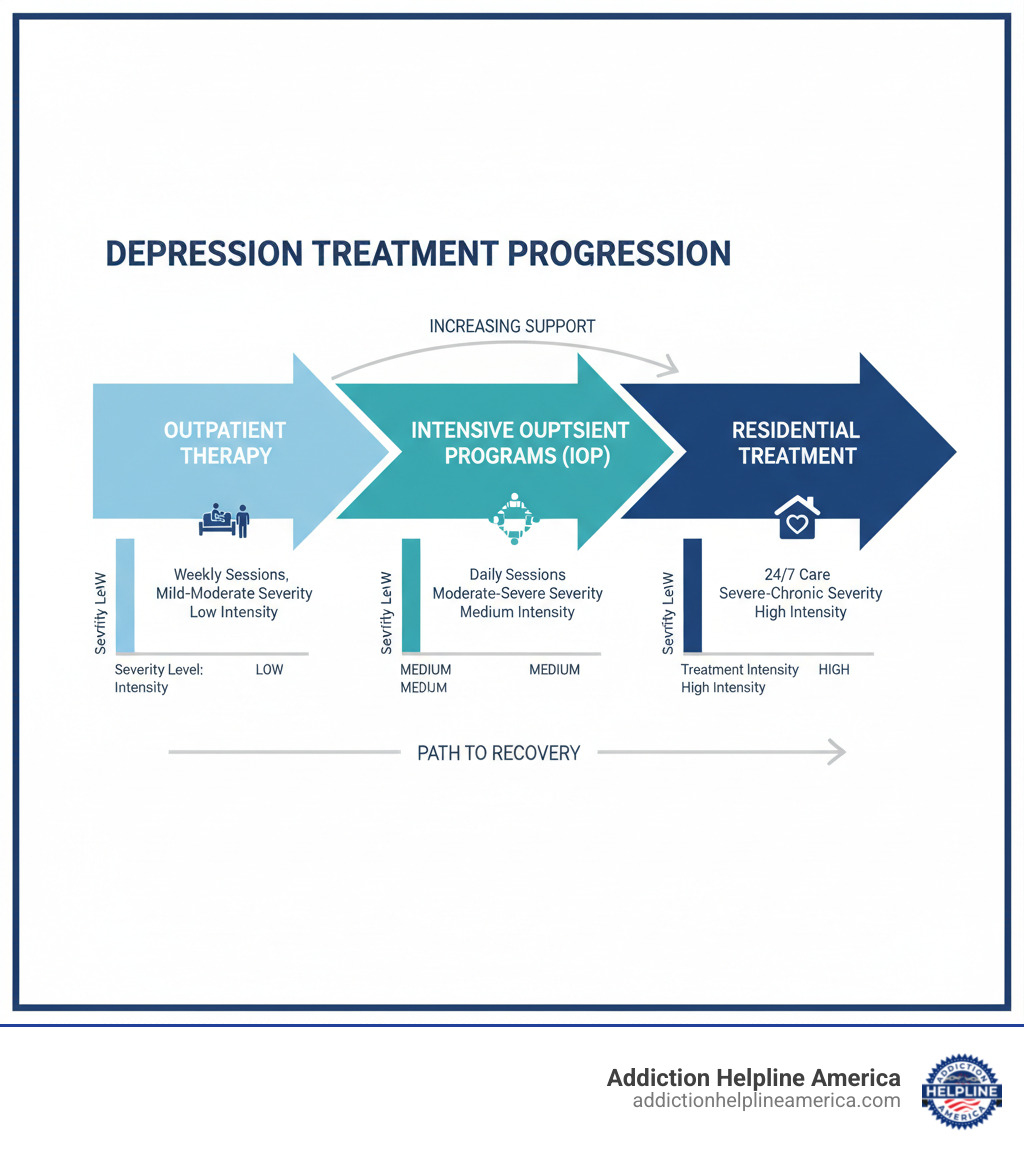
Basic residential depression rehab vocab:
What is a Residential Depression Rehab Program?
A residential depression rehab program is a live-in facility providing intensive, round-the-clock care for severe depression. It’s a healing sanctuary—a comfortable, homelike environment where you can step away from daily stressors and focus completely on getting better. This immersive approach provides a safe environment with 24/7 structured support from mental health professionals. Instead of returning to stressful situations after a weekly appointment, you live in recovery, practicing new coping skills with immediate guidance.
The peer support community is another cornerstone of recovery. Living alongside others who understand your struggles reduces isolation and fosters a sense of connection, reminding you that you’re not alone.
What sets residential care apart is the intensive therapy component. Your days follow a structured schedule filled with individual counseling, group sessions, and wellness activities. This deep engagement addresses the root causes of your depression while equipping you with practical tools for lasting recovery.
Inpatient vs. Outpatient Treatment
Choosing between residential and outpatient care can be overwhelming. While “residential” and “inpatient” are often used interchangeably, inpatient typically refers to hospital-based psychiatric care, whereas residential describes non-hospital facilities with a more homelike feel. Both offer 24/7 support, but residential programs focus more on therapeutic community living.
Outpatient treatment allows you to live at home while attending scheduled therapy sessions. This ranges from standard therapy (a few hours weekly) to Intensive Outpatient Programs (IOPs) and Partial Hospitalization Programs (PHPs). Learn more in our Intensive Outpatient Program Complete Guide.
Here’s how these approaches compare:
| Feature | Residential/Inpatient Treatment | Outpatient Treatment |
|---|---|---|
| Level of Care | High-intensity with 24/7 supervision, medical monitoring available, constant therapeutic support | Varies from a few hours weekly to 20+ hours (PHP), with time spent at home between sessions |
| Time Commitment | Full-time immersion—you live at the facility throughout treatment | Part-time attendance while maintaining work, school, or family responsibilities |
| Living Arrangements | On-site housing in a structured, therapeutic environment | Living at home or in sober housing, traveling to the facility for treatment |
| Ideal Candidate | Severe depression, suicide risk, failed outpatient attempts, co-occurring disorders, need for stabilization | Moderate depression, strong home support system, ability to manage triggers, transition care after residential |
| Focus | Complete immersion in recovery without daily distractions, breaking destructive patterns, intensive skill-building | Applying therapeutic skills in real-world settings, balancing recovery with daily life, ongoing maintenance |
Residential treatment is best when depression makes daily life feel impossible. If you’ve tried outpatient therapy without success, struggle with self-harm, or need to escape a toxic environment, the immersive nature of residential care provides a necessary reset.
Outpatient programs are ideal if you have a stable home environment and manageable depression. They also serve as an excellent step-down option after residential treatment, helping you transition back to daily life with continued support.
At Addiction Helpline America, we help you determine which level of care is right for you. The path to recovery often starts with intensive residential treatment before transitioning to outpatient support.
Who Needs Residential Treatment for Depression?
Deciding on residential depression rehab is a major step. This level of care becomes necessary when depression feels impossible to manage alone and severely impacts every aspect of daily life.
Severe depression symptoms that don’t respond to medication or weekly therapy are a clear sign that more intensive support is needed. When you feel like you’re drowning in hopelessness, a residential setting can provide the concentrated care required to break through.
Many people enter residential treatment after trying outpatient therapy without success. There’s no shame in this; sometimes, weekly appointments aren’t enough to combat severe depression, and the gaps between sessions allow old patterns to resurface.
If you’re experiencing suicidal thoughts or engaging in self-harm, immediate professional help is critical. A residential program provides constant supervision to ensure your safety while you work through these dangerous feelings. For immediate resources, see our Crisis Intervention Services Complete Guide.
Another indicator is when depression causes significant impairment in daily functioning. This means being unable to work, care for your family, or maintain basic hygiene. When simple tasks feel overwhelming, residential care helps you stabilize and rebuild essential life skills.
Co-occurring disorders also make residential treatment particularly valuable. Depression often coexists with anxiety, PTSD, or substance use. Residential programs offer integrated treatment that addresses all challenges simultaneously, which is crucial since around 20.4 million American adults have a co-occurring disorder. Learn more in our guide on Addiction and Mental Health.
Signs You May Need a Residential Depression Rehab
Depression can distort your perspective, making it hard to see the severity of the situation. Here are specific signs that residential treatment might be necessary.
Persistent sadness or hopelessness that never eases is a major red flag. It’s a constant feeling of weight and despair that activities or social interaction can’t penetrate.
Loss of interest in all activities goes beyond low motivation. Hobbies, time with loved ones, and even basic self-care like showering or eating can feel pointless and exhausting.
If you’ve been living with depression for years, you might have chronic depression (persistent depressive disorder or dysthymia). While treatment can reduce symptoms, this condition involves severe symptoms lasting at least two years and often requires the immersive approach of residential treatment to break the cycle.
When you find yourself unable to perform work or family duties, it’s time for more intensive help. This can manifest as frequent absences, poor performance, or neglecting responsibilities at home due to a lack of concentration and motivation.
Social withdrawal is another telling sign. If you’ve stopped answering texts, canceled plans, and isolated yourself from friends and family, depression is likely reinforcing this harmful isolation.
Finally, if you’ve started using substances to cope—alcohol to numb pain or pills to get through the day—you’ve entered dangerous territory. Self-medication creates a vicious cycle where the substance temporarily masks depression but ultimately worsens it. This dual diagnosis requires the specialized, integrated treatment found in residential programs.
At Addiction Helpline America, we understand how overwhelming these signs are. If this describes your experience, reaching out is the first step toward getting your life back.
What to Expect: Therapies and Daily Life in Rehab
Stepping into a residential depression rehab means entering a structured, supportive environment where healing is the primary focus. While each facility is unique, the best programs share core elements to help you rebuild your life.

Upon arrival, you’ll undergo a comprehensive evaluation to create a roadmap for your recovery. The clinical team will assess your mental health history, symptoms, and any co-occurring conditions to develop a personalized individualized treatment plan.
One of the most therapeutic aspects is the structured daily schedule. This predictability provides stability and purpose when depression has made life feel chaotic. A typical day is highly structured to provide stability. Mornings may begin with mindfulness practices like meditation or yoga, followed by group check-ins. Afternoons are dedicated to intensive therapeutic work, including individual psychotherapy and group sessions. You’ll also participate in workshops on coping skills and stress management. Evenings often involve more group work, communal meals to combat isolation, and time for reflection or mutual support groups. The entire day is designed to keep you engaged in recovery without feeling overwhelmed.
The typical length of stay in a residential depression rehab program ranges from 14 to 90 days or longer. While 30 days is common, many benefit from 60 or 90-day programs. Research consistently shows that longer stays—particularly 90 days or more—lead to better, more sustained outcomes. Your clinical team will help determine the ideal length based on your individual needs and progress.
Therapies and Co-Occurring Disorders
Residential depression rehab provides access to a diverse range of evidence-based therapies delivered by a team of mental health experts. Effective treatment requires multiple approaches working in tandem.
Cognitive Behavioral Therapy (CBT) is a cornerstone of depression treatment. It helps you identify, challenge, and change the negative thought patterns that fuel depression, teaching you to recognize that thoughts like “I’m worthless” are symptoms, not facts.
Dialectical Behavior Therapy (DBT) is effective for depression accompanied by intense emotional swings or self-harm. It teaches four key skills: mindfulness, emotional regulation, distress tolerance, and interpersonal effectiveness.
Other therapies you might encounter include Acceptance and Commitment Therapy (ACT), which focuses on accepting difficult feelings while committing to value-driven actions, and Eye Movement Desensitization and Reprocessing (EMDR), which is helpful if depression stems from trauma. Motivational Interviewing helps build your intrinsic motivation for recovery.
Group therapy is vital for addressing the isolation of depression. Sharing experiences with peers who understand creates a powerful connection and shows that recovery is possible.
Family counseling is another crucial component. Depression impacts the entire family, and therapy helps improve communication, resolve conflicts, and create a supportive home environment for your return.
A critical aspect of modern rehab is integrated treatment for co-occurring disorders. Around 20.4 million American adults have both a mental health and substance use disorder. If you use substances to cope with depression, you need treatment that addresses both issues simultaneously to break the cycle. Our team specializes in these complex situations, and you can learn more at Addiction and Mental Health.
The therapeutic community itself is part of the healing process. Living with others on a recovery journey creates a unique environment of mutual support and accountability.
7 Factors to Compare When Choosing a Top Residential Depression Rehab
Choosing the right residential depression rehab is a critical decision. It’s not a one-size-fits-all solution, and finding a program that fits your unique needs is key. For general advice, see our guide on How to Find the Right Rehab Center.

Here are seven key factors to compare when evaluating residential depression rehabs:
1. Licensing, Accreditation, and Staff Credentials
Verify that the facility is licensed by the state and holds accreditations from reputable bodies like The Joint Commission (JCAHO) or CARF. These signify a commitment to high standards of quality and safety. Also, confirm the credentials of the clinical staff, including psychiatrists, licensed therapists, and nurses, to ensure they have specialized training.
2. Treatment Philosophies and Therapeutic Models
Look for facilities that use evidence-based practices—therapies proven effective through scientific research. Many also incorporate holistic approaches (yoga, mindfulness, nutrition) and trauma-informed care, which is essential if past trauma contributes to depression. Programs may also offer 12-step or non-12-step models.
3. Customization and Co-Occurring Disorder Specialization
An effective residential depression rehab offers individualized care plans custom to your specific diagnosis, history, and goals. Given the high rate of co-occurring disorders, look for programs with explicit expertise in dual diagnosis to ensure both your depression and any accompanying conditions (like anxiety or substance use) are treated simultaneously.
4. Facility Environment and Amenities
The physical environment plays a significant role in healing. Consider the location (serene and rural vs. urban) and comfort level, including living arrangements (private vs. semi-private rooms). Amenities like fitness centers, nutritious meals, and recreational activities contribute to a supportive recovery experience.
5. Family Involvement and Support
Strong programs recognize that depression impacts loved ones and integrate family involvement. This often includes family therapy to heal relationships and improve communication, as well as educational programs to help family members create a supportive home environment for long-term recovery.
6. Aftercare and Relapse Prevention Planning
Recovery continues after you leave. A robust aftercare plan is crucial for preventing relapse. Inquire about comprehensive discharge planning, alumni networks for peer support, and step-down options like Intensive Outpatient Programs (IOPs). Learn more in our guide to Treatment Programs: Post-Rehab Drug Rehab Aftercare.
7. Cost and Insurance Coverage
The cost of residential depression rehab varies. Mental health treatment is an essential health benefit under the Affordable Care Act (ACA), so most insurance plans offer coverage. We highly recommend verifying your benefits with your provider and the treatment center. Some facilities offer sliding scale fees or financing. For more information, review your plan’s details at Mental health & substance abuse coverage. Those with limited resources can explore options like Free Inpatient Drug Rehab Programs.
Frequently Asked Questions about Residential Depression Rehab
Exploring residential depression rehab can bring up many questions. We’ve guided thousands of families through this process and have compiled answers to some of the most common ones.
How long does residential treatment for depression last?
The length of stay varies, but most residential depression rehab programs last between 30 and 90 days. Longer stays may be necessary depending on symptom severity and co-occurring conditions. The goal is to build a solid foundation for long-term recovery, and research shows that longer stays (90+ days) often lead to better outcomes. Your treatment team will work with you to determine the ideal duration based on your progress and individual needs.
Does insurance cover residential depression rehab?
Yes, mental health treatment, including residential depression rehab, is an essential health benefit under the Affordable Care Act (ACA). This means most health insurance plans must provide some level of coverage. You can learn more at Mental health & substance abuse coverage.
However, coverage varies by plan. Your deductible, co-pays, and whether a facility is in-network will affect your out-of-pocket costs. We strongly encourage you to verify your benefits with your insurance provider and the treatment center’s admissions team to avoid financial surprises.
Additionally, you may be eligible for job-protected leave under the Family and Medical Leave Act (FMLA), which can provide up to 12 weeks of leave to focus on recovery. Check with your HR department or look into FMLA protections for more details.
What is the role of family in treatment?
Depression affects the entire family, which is why many residential depression rehab programs emphasize family involvement. This is a critical component of lasting recovery.
Family therapy sessions create a safe space to improve communication, resolve conflicts, and heal relationships strained by depression. Many facilities also offer educational programs for family members, helping them understand depression and learn how to provide effective support during and after treatment.
When families are educated and involved, they become part of the recovery team, creating a supportive home environment that significantly reduces the risk of relapse. As SAMHSA notes, informed families are better equipped to support recovery.
At Addiction Helpline America, we understand how hard it is to ask for help. We’re here to answer your questions and help you find a program that feels right. You don’t have to figure this out alone.
Conclusion
If severe depression feels like a darkness with no way out, there is hope. Residential depression rehab offers a proven path to healing, providing a supportive environment where you can focus entirely on recovery.
These programs are about fundamental change. Through intensive therapy, peer support, and personalized care, residential depression rehab gives you the tools to reclaim your life from persistent sadness, co-occurring disorders, or severe functional impairment.
Choosing a program is overwhelming, which is why Addiction Helpline America is here to help you steer your options. Our team offers free, confidential guidance to connect you with a residential depression rehab that fits your unique situation, anywhere in the country.
You don’t have to do this alone. Finding the right support is the most courageous first step toward healing. Let us help you take it.
Our helpline is 100%
free & confidential
If you or someone you care about is struggling with drug or alcohol addiction, we can help you explore your recovery options. Don’t face this challenge alone—seek support from us.
Programs
Resources
Will my insurance
cover addiction
treatment?
We're ready to help
Find the best
drug or alcohol treatment
center
Are you or a loved one struggling with addiction? Call today to speak to a treatment expert.


